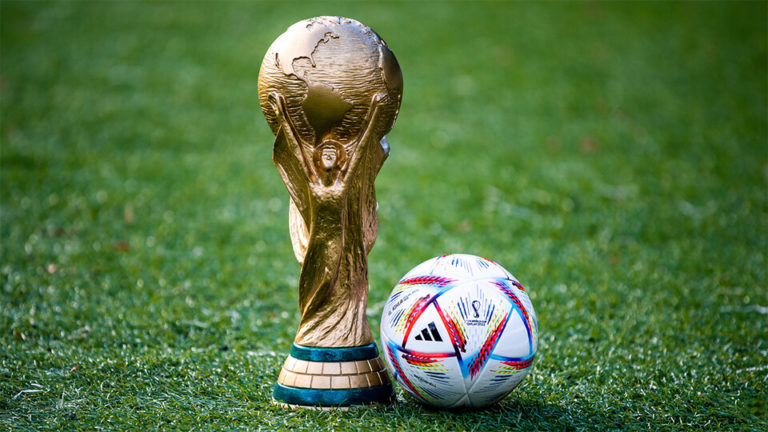Grass is famously resilient. But Paspalum vaginatum, a species better known as seashore paspalum, can tolerate stresses diverse and deadly enough to rival camels and cactuses.
Salinity? It’s still worth its salt. Drought? Not thirsty. Heat? No sweat. Cold? It can chill.
How about 22 soccer players sprinting, kicking and sliding their way across it at the 2022 World Cup, all amid the desert climate of the Middle East? Game on.
A commercial variety of seashore paspalum has padded every pitch in Qatar. There, it’s withstood every steel-cleated footfall of Messi, Mbappé and Neymar, every sunbeaten day of temperatures creeping into the high 80s Fahrenheit.
Thanks to a new study led by the University of Nebraska–Lincoln, seashore paspalum may soon assist another goal: growing crops that yield more food with less of the fertilizer that imposes costs on farmers, ecosystems and drinking water.
Click here for the full article by Scott Schrage University of Nebraska-Lincoln communication and marketing.


